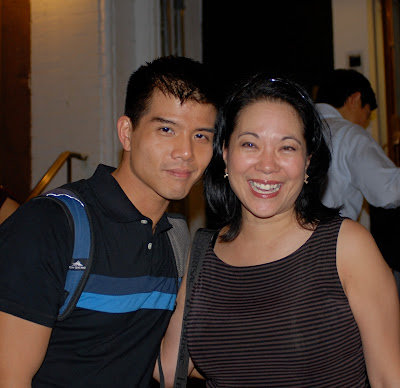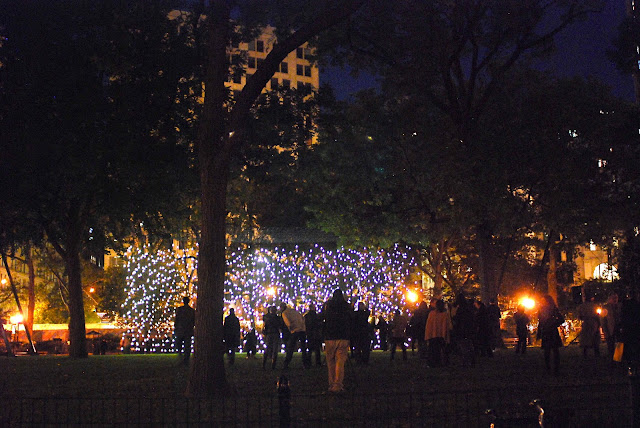 |
| Facade of the Morgan Library constructed of Tenessee pink marble, featuring a simple recessed portico flanked by a pair of stone lionesses. |
Details of the fence of the Morgan Library at 36th Street
video from Streetscapes (The New York Times)
The restoration of the Morgan Library has been completed, and the library opened to the public yesterday. The Morgan Library was designed by Charles Follen MacKim (1847-1909) who created a classical styled structure inspired by villas of the Italian Renaissance. The library was built to house the collection of rare books and manuscripts of the American financier Pierpont Morgan (1837-1913). The Morgan Library and Museum is located at 225 Madison Avenue at 36th Street. The magnificent photos of the newly restored interior can be seen by clicking here.
Restoring the Morgan Library Interior (from themorgan.org)
In 2010 the Morgan restored the interior of the 1906 library to its original grandeur. A new lighting system was installed to illuminate the extraordinary murals and decor of the four historic rooms. Intricate marble surfaces and applied ornamentation were cleaned, period furniture was reupholstered, and original fixtures—including three chandeliers removed decades ago—were restored and reinstalled. A late-nineteenth-century Persian rug (similar to the one originally there) was laid in the grand East Room. The ornate ceiling of the librarian's office, or North Room, was cleaned, and visitors are able to enter the refurbished space—now a gallery—for the first time. New, beautifully crafted display cases throughout the 1906 library feature selections from the Morgan's collection of great works of art and literature from the ancient world to modern times.



















































